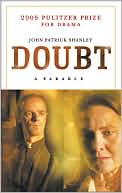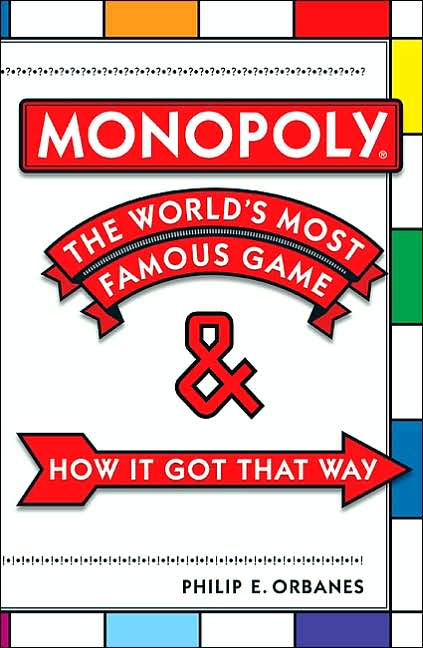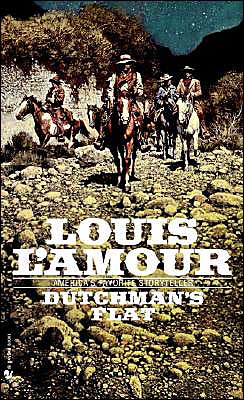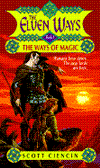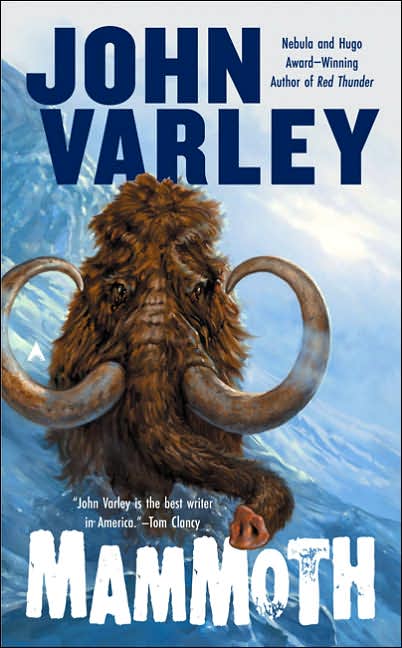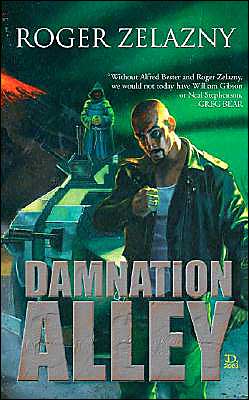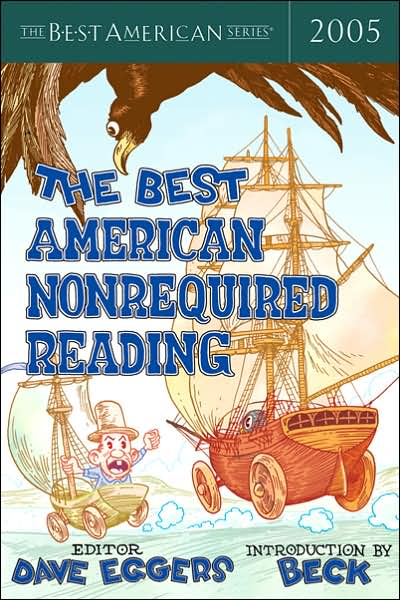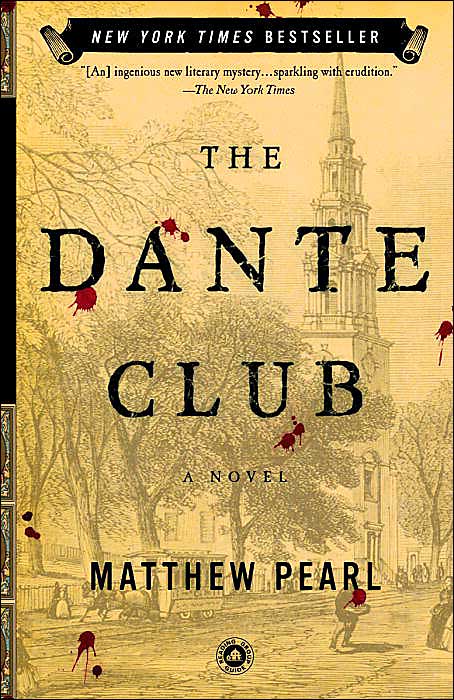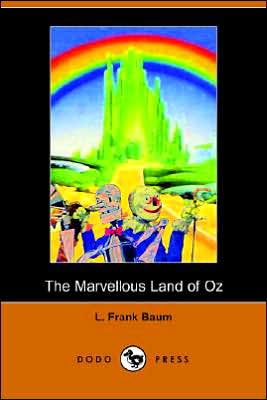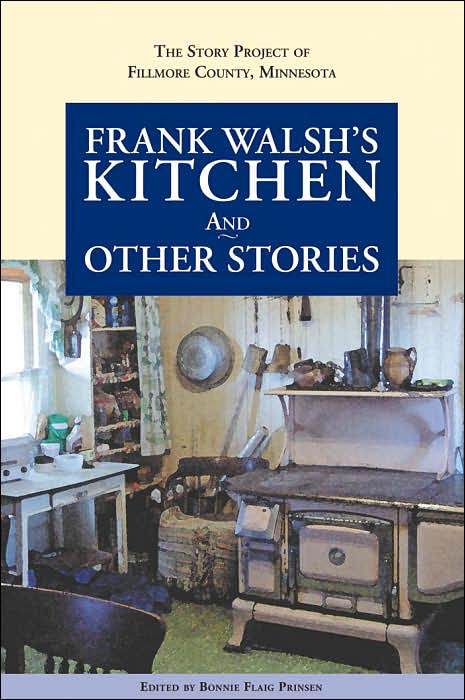
Nine Dragon Press -- tpb
Preston, MN -- ©2005 -- 174pp
ISBN: 0-9746633-1-X
subtitled: The Story Project of Fillmore County, Minnesota
A collection of essays and memories of, by, and/or about Fillmore County and its residents.
Introduction - Bonnie Flaig Prinsen
Choosing This Place"The Big Woods" - Dana Gardner
"This Place" - Nancy Overcott
"A Sense of Place" - Becky Stocker
"In Less Than An Hour" - P.J. Thompson
"Here On The beach" - Wayne Pike
"A View of the Prairie" - JoAnne Agrimson
"Beautiful Mountain" - John Torgrimson
Small Towns"Village Lottery" - Donovan Ruesink
"A Sign of the Times" - Steve Befort
"Happiness at Christmas from Coast to Coast" - Beverly Lewis Crowson
"Rollerskating" - Marcelle Vrieze Shipton
"Lost and Found" - Marjorie Taylor Smith
"The Tawney Store" - Gary Stennes
The Natural World"Tornado Watch" - Trudy Schommer
"Tick Removal" - Jeff Kamm
"Fish Out Of Water" - Wayne Pike
"The Raccoon" - Tom Driscoll
"A Skunk's Legacy" - Wayne Pike
"Ginseng Hunting" - John Torgrimson
Close Calls"Welcome Back" - Laverne C. Paulson
"The Day the Boys Took Flight" - Peter Snyder
"Christmas Eve 2003" - Herb highum
"Missing the Bus" - Tim Gossman
"Hello, Central?" - Cheryl Serfling
"Adventures in Driving" - Erik Paulson
"Pride Goeth Before the Fall" - Jeff Kamm
"The Day the Lights Went Out at Mystery Cave" - Carol Thouin
Reminiscence"Memories of an Indentured Farm Kid" - Al Mathison
"Hot Hay!" - Marjorie Taylor Smith
"Garden Genes" - Ann Marie Lemke
"A Mother's Fear" - Herb highum
"A Railroader's Daughter" - Marjorie Evenson Spelhaug
"Spring Banquet" - Carol Hahn Schmidt
"Feathered Friends" - Bonnie Heusinkveld
"The Wheelchair Ride" - Carol Hahn Schmidt
"A Tractor Story" - Richard Prinsen
Food"Buying and Selling with Susie" - Anna Rae Nelson
"Great-Uncle Richard and the Oatmeal Cookies" - Rose Breitsprecher
"Broken Eggs" - Peter Snyder
"A Disapponting Watermelon" - Ida Mae Bacon
"Do-It-Yourself Groceries" - Kathleen Mulhern
Characters"Starter Fluid" - Wallace Osland
"Almost Mud Time" - Mary Lewis
"Uncle Ingvald" - Signe Housker
"There he Is" - John Brink
"Reuben's House" - Nancy Overcott
"Frank Walsh's Kitchen" - Charles Capek
"Only One Life" - Craig Ostrem
Life's Lessons"Snoose" - Wayne Pike
"Summer School (Psychology 101) on the Farm" - Elisabeth Olness Emerson
"The Fort Snelling School Bus" - Curtis A. Fox
"The Music Prodigy" - Margaret Boehmke
"Sports Car Fever" - Jon Laging
"Guilty" - Richard Holle
"My First Cigarette" - Mary Jo Dathe
"Baseball and Red Horsin'" - Gary Feine
Biographies
#####
This is a delightful collection or remembrances of small town life. It's the real stories of a Mayberry R.F.D.-like community. Not all of the writing is easily readable, but one can tell that it comes from the heart.
I like a beginning, middle, and an end when I read something, and many of these short pieces do not have that. It's just the middle, or maybe only a beginning, and sometimes just an ending. For this, it can be hard to read, but the pieces are so short that one can do it easily enough.
 FREAKONOMICS: A Rogue Economist Explores the Hidden Side of Everything
FREAKONOMICS: A Rogue Economist Explores the Hidden Side of Everything


